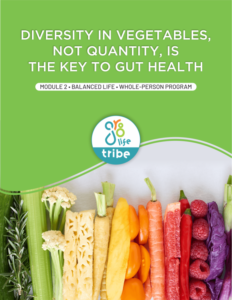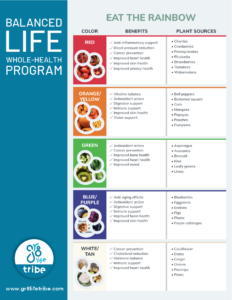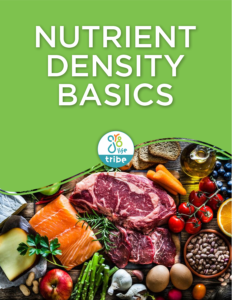
MODULE 2
Nutrition for Greater Health
Focus on Macronutrients
Macronutrients and how to modulate your nutrition for greater health and cognitive function.
Healthy Nutrition Basics
What comes to mind when you think of your basic needs? Perhaps you think about things like air, food, water, shelter, or sleep. While everyone’s nutritional needs and circumstances are different, there are a few “healthy basics” that are important for most people, regardless of dietary approach. We talk about some of these elements in more detail in the following section.
Select each healthy basic to learn more.





